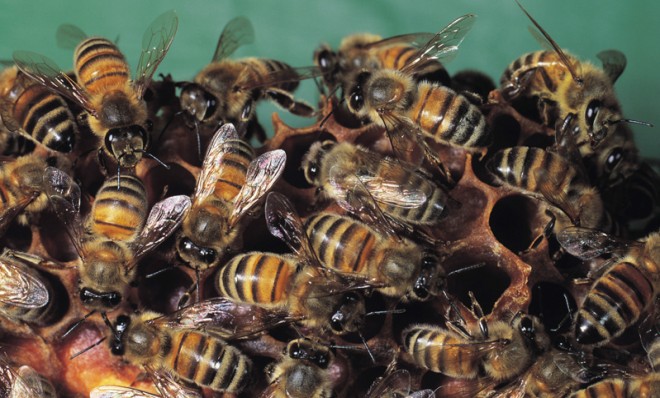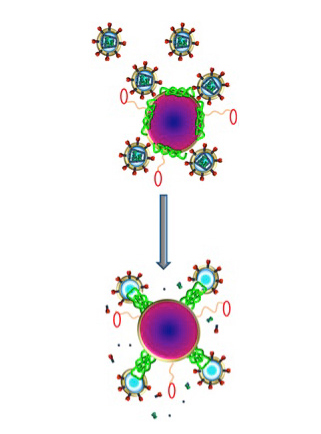Bee venom: A potential HIV-killer?
Researchers have identified a virus-killing toxin, and combined it with a clever delivery mechanism

Part of what makes the HIV virus so difficult to kill is its tiny size. It's many times smaller than your average blood cell, which allows the sneaky virus to infect and kill white blood cells — "the very cells that are supposed to rub out viral infections," says WebMD.
It's also why scientists are looking to unlikely sources for ways to fight the virus. Now, we might have our most unlikely source yet: Bees.
Scientist at the Washington University School of Medicine, led by researcher Joshua L. Hood, have shown, in vitro, that it's indeed possible to kill HIV cells using bee venom. The active ingredient is a toxic peptide called melittin.
The Week
Escape your echo chamber. Get the facts behind the news, plus analysis from multiple perspectives.

Sign up for The Week's Free Newsletters
From our morning news briefing to a weekly Good News Newsletter, get the best of The Week delivered directly to your inbox.
From our morning news briefing to a weekly Good News Newsletter, get the best of The Week delivered directly to your inbox.

(via Washington University)
But hunting down HIV (those little spike-covered circles) isn't easy, especially since they're such small moving targets. To make things more difficult, the viruses themselves are covered in protective envelopes — stubborn, double-layered membranes that makes them die hard.
However, by using tiny nanoparticles (the purple blobs above) as a delivery mechanism, researchers were able to send melittin (the green "arms") to the HIV virus directly. This was accomplished by outfitting the nanoparticles with tiny bumpers (the red "O"s) that helped keep healthy blood cells at bay, essentially acting as a strainer that filters the pint-sized HIV virus into the bee-inspired death trap.
"The melittin forms little pore-like attack complexes and ruptures the envelope, stripping it off the virus," says Hood in a news release. "We are attacking an inherent physical property of HIV." In other words, it's unlikely the virus would develop a resistance.
A free daily email with the biggest news stories of the day – and the best features from TheWeek.com
Of course, the research is still at a very preliminary stage. One caveat: The study was conducted in a lab, and not in a living creature. (Consider, for a second, the implications of bee venom leaking into an immune system — it isn't pretty.)
Nonetheless, researchers are excited by the breakthrough, and what it could mean for new preventative measures.
"Our hope is that in places where HIV is running rampant, people could use this gel as a preventive measure to stop the initial infection," says Hood. The study was published last Thursday in the journal Antiviral Therapy.
-
 A lemon-shaped exoplanet is squeezing what we know about planet formation
A lemon-shaped exoplanet is squeezing what we know about planet formationUnder the radar It may be made from a former star
-
 Political cartoons for January 4
Political cartoons for January 4Cartoons Sunday's political cartoons include a resolution to learn a new language, and new names in Hades and on battleships
-
 The ultimate films of 2025 by genre
The ultimate films of 2025 by genreThe Week Recommends From comedies to thrillers, documentaries to animations, 2025 featured some unforgettable film moments